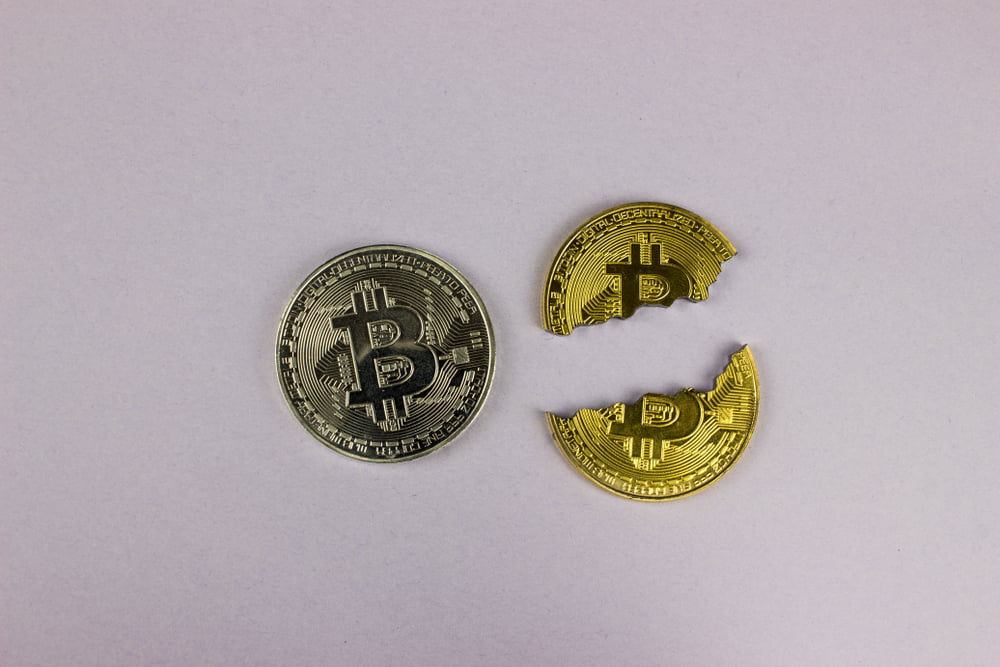There exists a decent probability that the price of Bitcoin will eventually go to zero, according to Joe Davis, the head of Vanguard Investment Strategy Group, a division of the global giant Vanguard Group. In a blog post published on Tuesday, May 21, Davis broke down his argument that cryptos don’t qualify as currencies and may soon be replaced by centralized blockchain-based currencies.
Bitcoin Presents A Quandary
A proponent of the ‘blockchain is good but cryptos are bad’ narrative, Davis is optimistic that the blockchain has great potential to revolutionize many industries, even stating that Vanguard is already using it. However, he is not as optimistic about Bitcoin, whose price he believes has a decent chance of going to zero.
He listed the three characteristics of a currency: being a unit of account, being a medium of exchange, and being a store of value. While cryptos qualify for the first two, they allegedly fail as stores of value due to their high volatility. Few vendors will accept a currency whose value can fluctuate so dramatically, said the Duke University graduate who has been at Vanguard since 2005. Based in Malvern, Pennsylvania, Vanguard is the largest provider of mutual funds in the world and has over $5 trillion in assets under management.
Davis views central banks as the greatest threats to cryptos, with the continued research on blockchain-based currencies and the regulations on exchanges standing out as key dangers. In the near future, central banks are likely to adopt digital currencies in order to take advantage of the policy effectiveness and enhanced control that they provide. Once these government-backed digital currencies become recognized as legal tender, he believes a great majority of people will prefer them to decentralized digital currencies.
If the choice were between bitcoin or a blockchain-based dollar, which would you rather have in your digital wallet?
The Crypto Dilemma
The case for cryptos as investments is even weaker, wrote Davis, as their prices aren’t based on any economic fundamentals. Stocks and bonds generate payments and dividends while national currencies derive value from the economic activities of the countries in which they’re issued. Cryptos, on the other hand, derive their value from speculation.
This creates a dilemma for cryptos: the rise in their prices is fueled by speculation pertaining to adoption and mainstream usage; conversely, this volatility undermines their value as a currency and their adoption as a medium of exchange.
Davis also sought to clarify the relationship between cryptos and the blockchain, writing that investing in cryptos is not investing in or capitalizing on blockchain technology.
Bitcoin is an investment in blockchain in the same way that Pets.com was an investment in the internet.
Investing in cryptos, Davis claimed, reduces investors’ allocation to “tried and true assets” such as stocks and bonds, and in the long run, it may prevent them from meeting their goals. However, he is confident that the blockchain will continue being adopted by enterprises and governments to meet specific needs.
Like so many other renowned economists, Davis concluded by comparing Bitcoin to the tulip bubble of the 17th century, “soaring to incredible heights before the speculative bubble pops”. With the pace of innovation and the level of competition rising with each passing day, many networks and associated cryptos will become obsolete in the near future, he wrote, leaving many holding worthless coins.
And, unlike tulips, they don’t look very nice in a vase.

